What is the Darién Gap?
The Darién Gap is a sixty-mile zone located at the crossroads between South and Central America.
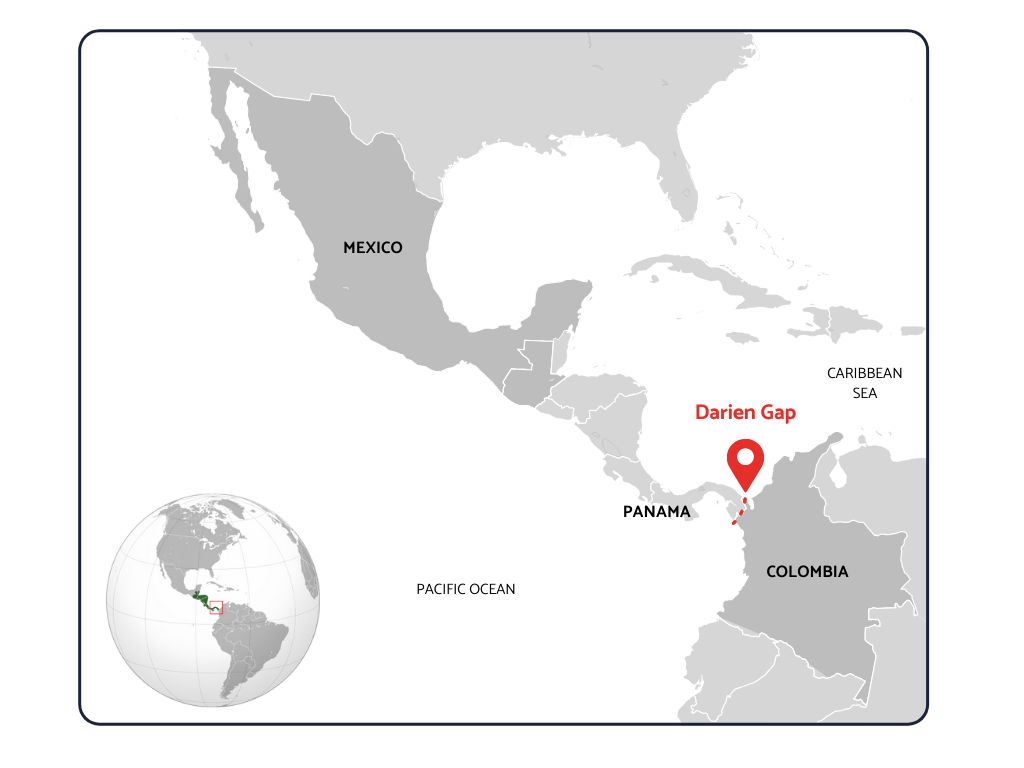
In recent years, this narrow gap has become a popular migration crossing point for people seeking a safe haven in Central and Northern America.
What makes the Darién gap so dangerous?
Mainly made up of “dense jungles, steep mountains, and vast swamps”, the Darién Gap is particularly deadly for people on the move. In fact, it is considered one of the world's most dangerous migration routes.
To continue their journey north, migrants have to complete a one-week trek in a very tough environment. Most of them inexperienced and ill-equipped for this trip, they face perilous and often life-threatening difficulties, compounded by gang violence, human trafficking and high exposure to diseases. Security conditions are bad, especially for women and girls who are particularly at risk of sexual violence.
Gabriela, a 52-year-old woman from Venezuela, shared her experience crossing the Darién Gap during an interview with TSF in a Mexican shelter in 2021. She says that crossing through the Darién has been the hardest part of her journey.
"We don't know how many people have died there. It's all about survival. Imagine your worst nightmare: 10 times worse. That's the Darien. No one is ever going to tell you anything good about their experience there. No one.”
Who are the migrants risking their lives to cross the Darién gap?
The growing number of crossings at the Darién is due to intensified border security and governmental restrictions, forcing displaced people to take unofficial - and much more dangerous - migration routes.
The number of migrants risking their lives to cross the Darién Gap is breaking records each year. In 2023, a record 520,000 migrants crossed it.
The origins of people attempting the journey are becoming increasingly diverse and the risks to which they are exposed are becoming more and more dangerous. As the nature of migration is changing, the number of children attempting the crossing is also dramatically increasing, with more than 30,000 children on the move crossing in the first four months of 2024.
Increasing Risks of Misinformation
Many people attempting the journey are not fully aware of the risks they are taking. The lack of official information prevents migrants from fully understanding the dangers of this crossing.
Some people have tried to fill these information gaps by sharing their own experiences on social media. TikTok, Instagram, and WhatsApp are increasingly used as collaborative channels to share information about the journey.
Although these videos grasp a small sense of understanding of what’s going on, they only reflect successful past experiences. Therefore, they can never show the full reality of the crossing, nor can they capture the psychological toll involved in this journey.
This raises an important concern in terms of misinformation. Information shared on online platforms is rarely - if ever - verified, which creates a risk for displaced populations to undertake a dangerous migratory journey, from which they may not survive.
TSF’s work in Latin America
Misinformation is the central issue addressed by TSF's information diffusion project in Latin America. In shelters along the main migration routes in Colombia, Guatemala, and Mexico, TSF works together with migrant shelters, to inform displaced communities of their rights, sharing with them official and reliable information from several humanitarian NGOs.
The content displayed in the shelters is constantly updated and improved to provide migrants with the most valuable and timely information concerning the safety of migration routes, human rights, changes in legislation, health, education, and much more.
Recently, information on mental health has been added, which is particularly important for people who survived the Darién Gap. Last year, 86% of people reported a psychological improvement after accessing this information.
Access to quality content enables people on the move to make better-informed decisions, and thus regain hope for their future.
“Giving people information helps them know what to do and where to go, empowers them to manage things”
– Shelter manager at a shelter in collaboration with IOM in Tijuana, Baja California.


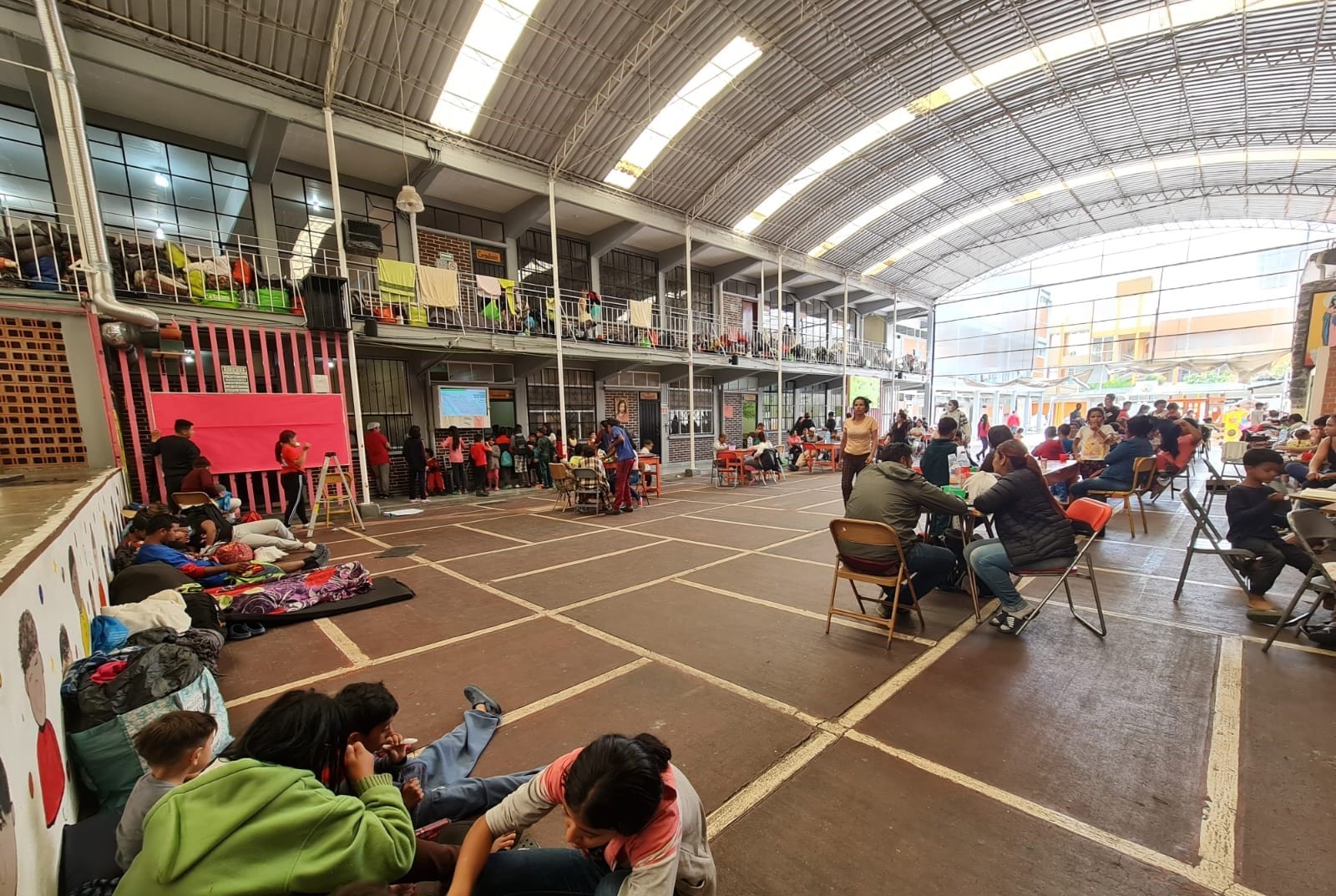

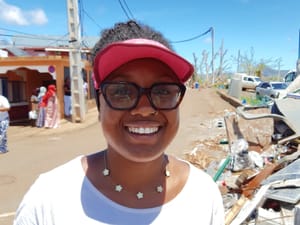
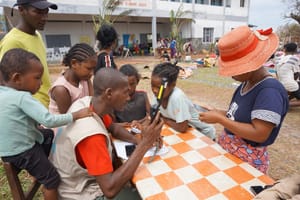

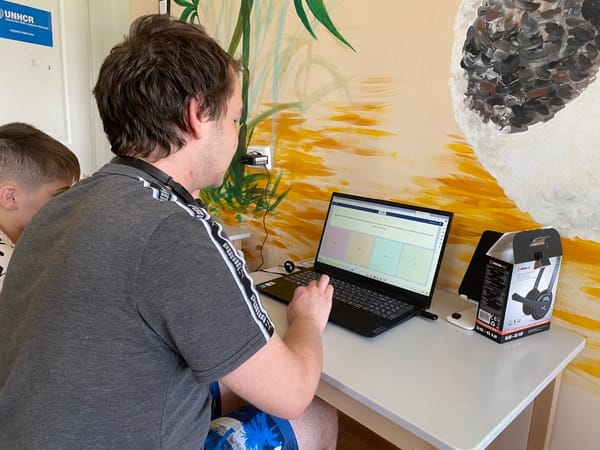
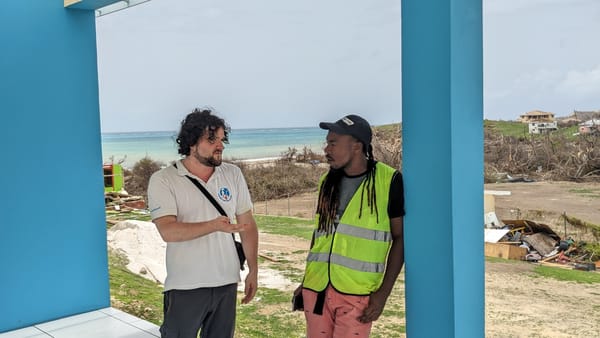
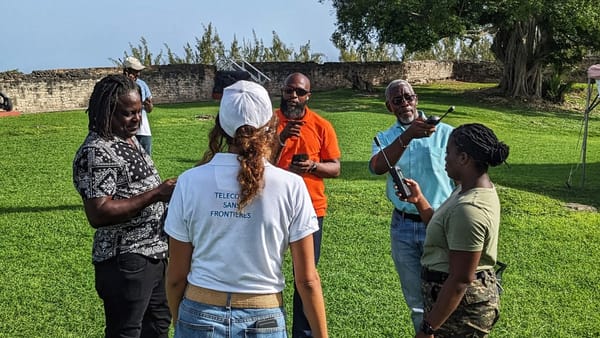

Member discussion